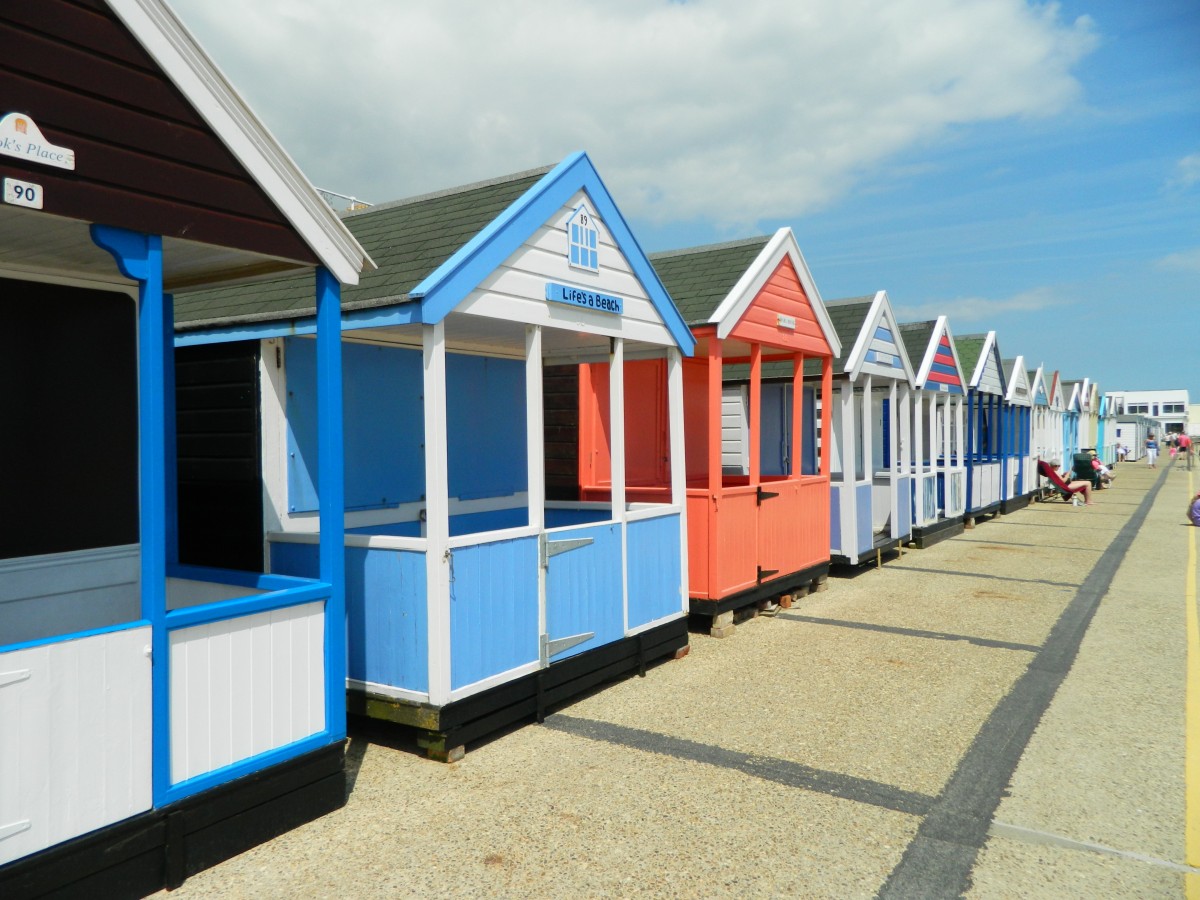Investing in a container home is a big deal that comes with treading in unfamiliar territory. It requires you to go for quality and functionality. If you need to invest in a container house that will last, check out JJC container home and get the best deals.
After getting the container house, you still need to figure out how you’ll design it. This can be a challenging process especially if you’re not familiar with the basic design elements.
Here are the few key elements you need to focus on when designing your container house;
Space
When working on your container house, you don’t have the luxury of adding any more space to the one already provided. This is why you need to figure out how you’ll use your space. Your space ideally is divided into length, width, and height.
You have the option of either filling this space or leaving it empty. Keep the end result in mind when working on this. As you include your furniture, be very mindful of the size you use. This is because it plays a big role in the appearance of your room. The size and shape you add to your space could either give your room the appearance of being bigger or smaller.
Colour
The color you choose to use is the backbone of the design you want to achieve. Colour goes a long way to defining a room and adding the illusion of being bigger, smaller, cozier, or dull. It is important to understand that your brain receives different messages from different color choices. In turn, these messages inspire different emotions. For instance, purples and greens represent calmness and coziness making them suitable for the bedroom.
As you choose your color, keep in mind how light would translate it in the chosen room. Don’t focus solely on natural light but also consider artificial light for the night time. Also, consider how large or small the space is.
Bright colors make your space look bigger which means they should be used in small rooms while dark colors would work great in bigger rooms. Having this in mind, you’ll be in a better position to choose the right colors for your container house.
Texture
Adding some texture to your house is also a great design element. Incorporating texture to a room adds depth and brings a distinct dimension making the room stand out. When working with texture, you have two options, you can either use visual or actual texture.
Visual texture mostly applies to patterns. You can include this pattern by using wallpaper or creating an accent wall. Actual texture applies to the furniture, floors, rugs, and pillows you use in your room. Different textures will create a good contrast against other objects in your container house.
Light
Illuminating your space ensures that all the effort you’ve made with other design elements does not go unrecognized. Both natural and artificial light are important for this process. When it comes to natural light, you can easily manipulate it by the placement of mirrors, windows, and doors. Having natural light penetrating your house adds a sense of vibrance and highlights other parts of the house.
For artificial lights, you need to consider which room you are in. Being aware of the activities that take place in a certain room is very important. For instance, your kitchen would need bright lights to aid you as you cook while your bedroom would work with dimmer lights to help you sleep. Also, consider installing a dimmer to help you reduce the lights as you see fit.
Greenery
Using plants in your home is a great way to add natural elements effortlessly into your home. The good thing is that there are a variety of house plants to choose from. It all depends on your budget and how much work you are willing to put into it.
If watering plants is going to be too much work for you, then consider investing in succulents and cacti. These plants don’t need to be watered daily. Also, make sure to invest in lovely house pots that fit into your home and resonate with your current theme.
Accessories
Little knick-knacks around your container house will add a nice flare to your design. Invest in paintings, picture frames, and other home accessories and place them strategically. These accessories are meant to add on to your design, not take away from it. This means that you should avoid going overboard. Only get the few things that will work well with your space.
Wood
Wood comes in different shades with different kinds of finishes. Incorporating wood into your home is quite easy. You could either use them for your floors or create open shelves that would double up as storage while adding to your house design. You could also use this outside your container house and make a patio where you and your family can relax.
Conclusion
Designing your container house is not different from designing the traditional house we are all used to. The design elements apply to both however with a container house, you’ll be working with a lot less space. This means you have to be very specific about what you want to achieve with this space and work towards making it happen.
Take your time and research what other people have done with their container homes. This will help you get different ideas that you could also add to your space.
Featured Image:- Image licensed under by CC0 Public Domain ( Free for Commercial use)
Reference:- https://pxhere.com/en/photo/1382317
Second Image:- Photo by David Pisnoy on Unsplash (Free for Commercial Use)
Reference:- https://unsplash.com/photos/46juD4zY1XA
Third Image:- Photo by Ryan Christodoulou on Unsplash (Free for Commercial Use)
Reference:- http://unsplash.com/photos/Vra_DPrrBlE
Forth Image:- Photo by Hutomo Abrianto on Unsplash (Free for Commercial Use)
Reference:- https://unsplash.com/photos/X5BWooeO4Cw
Fifth Image:- Photo by James Lindsay on Unsplash (Free for Commercial Use)
Reference:- https://unsplash.com/photos/kVBzVaVa7Q0
Sixth Image:- Photo by Stephanie Harvey on Unsplash (Free for Commercial Use)
Reference:- https://unsplash.com/photos/OTUahHcqs0Y
Sevan Image:- Photo by Jane Palash on Unsplash (Free for Commercial Use)
Reference:- http://unsplash.com/photos/z_lpmqd2t_c








